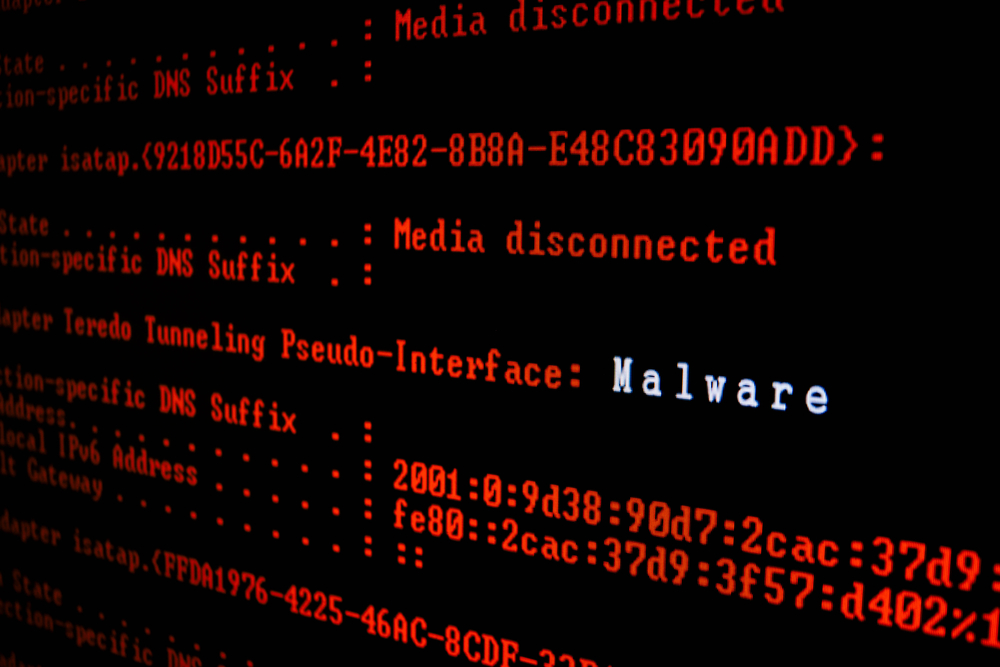Understanding the Various Categories of Internet Security Threats
This article delves into the various types of internet security threats, including malware, phishing, botnets, and more. Understanding these risks can help users better protect their devices and data online by implementing effective security measures like antivirus software. Staying informed about cyber threats is essential for maintaining digital safety in today's connected world.

The internet can be a perilous environment, filled with numerous security risks that can cause significant harm. Being aware of these threats is essential for safeguarding your digital assets. Here are some common types of cyber threats to watch out for:
Malicious Software (Malware)
Malware encompasses any harmful software designed to infiltrate or damage your computer systems. It includes viruses, worms, spyware, Trojan horses, and rootkits that compromise security.
Duplicate Security Alerts
These pop-up notifications mimic genuine security warnings. They prompt users to download updates or remove threats, but are actually fake alerts designed to infect your device with malware. Microsoft offers guidance on protecting against such scams.
Trojan Horses
These malicious programs disguise themselves as legitimate applications. When installed, they can hijack webcams, steal passwords, or log keystrokes, causing significant privacy breaches.
Botnets
A botnet is a network of hijacked devices, often called "zombie" computers, controlled remotely by hackers. They can be used for spam distribution or large-scale attacks like denial-of-service (DoS) attacks that overwhelm websites, making them inaccessible.
Phishing Attacks
Cybercriminals use deceptive emails that appear legitimate to trick users into revealing personal or financial information, often by pretending to be reputable sources like banks or service providers.
Social Engineering
Techniques such as pretexting, tailgating, and quid-pro-quo manipulate individuals into divulging sensitive data by impersonating trusted entities or offering fake incentives.
Backdoors
These are malicious programs or codes that create hidden access points to websites or systems, bypassing security measures without authorization.
Rootkits
Collections of tools that grant administrators or attackers full control over a system, often installed through exploiting vulnerabilities. They may include spyware that monitors activities and steals data.
Hijacking
Attackers take control of a browser, website, or network by injecting malware, redirecting users to malicious sites or displaying false content.
Brute Force Attacks
This method involves systematically trying all possible passwords or encryption keys to gain unauthorized access, often installing backdoors for future breaches.
To mitigate these threats, installing reputable antivirus and internet security software is highly recommended.










